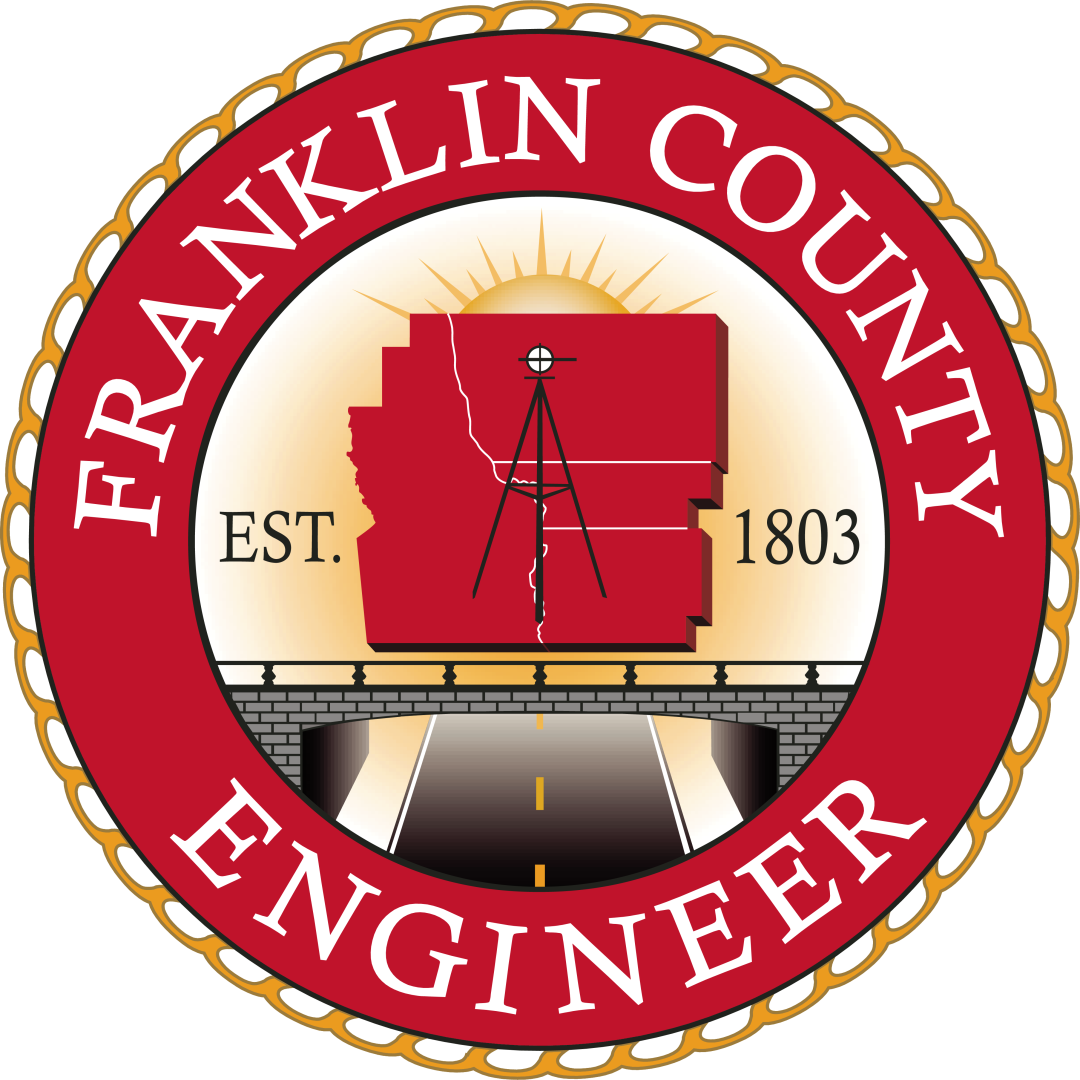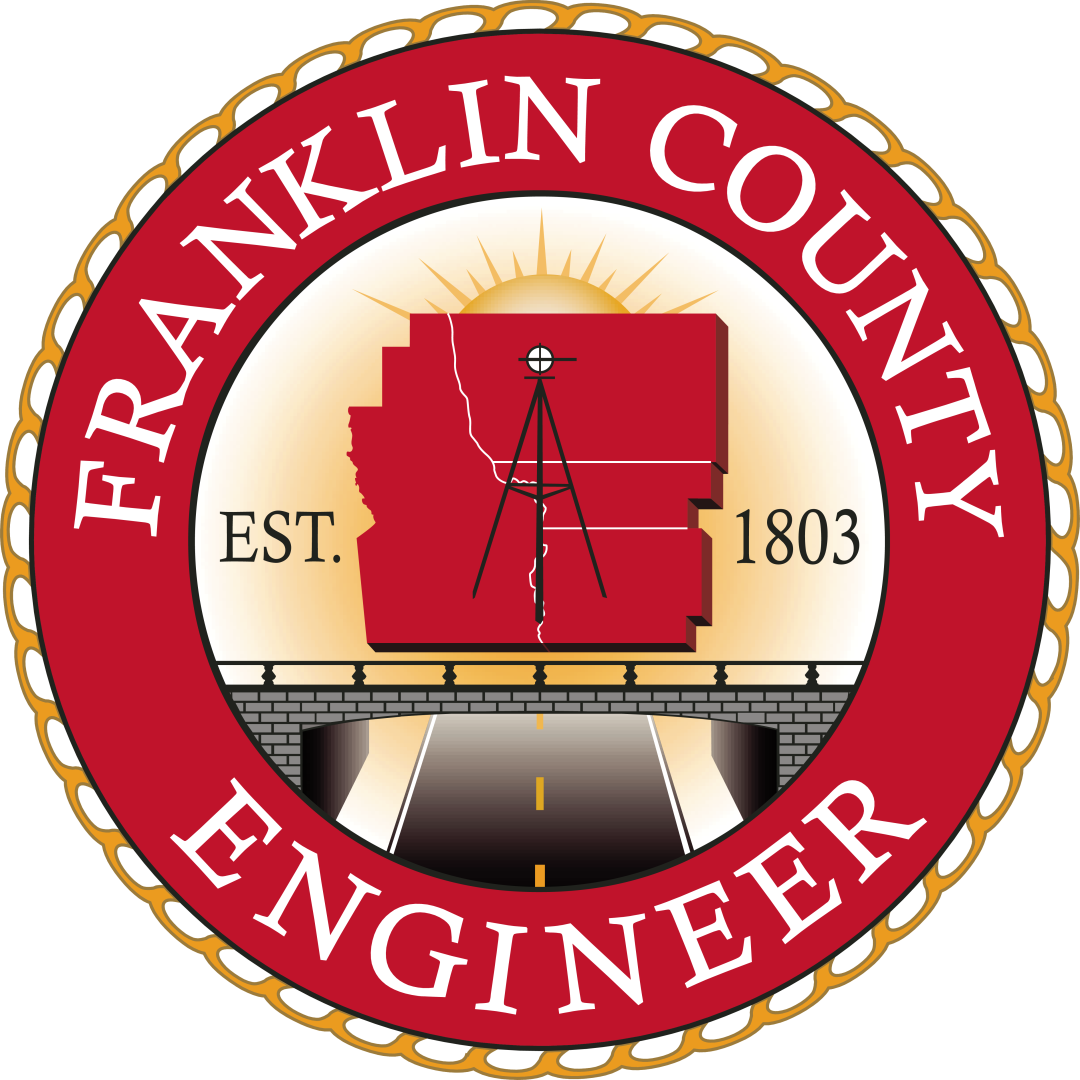Surveyor’s Journal Entry Fourteen
Columbus is Chosen to be the State Capital
Nearly a decade after its organization, Ohio still sought a permanent location for its capital. Chillicothe served as the first provisional seat of government, from 1803 to 1810, before the legislature relocated to Zanesville, and then back to Chillicothe in 1812.
The communities of Delaware, Dublin, Franklinton, and Worthington had all been under consideration until Valentine’s Day 1812 when the legislature ratified a plan proposed by Franklin County landholders Lyne Starling (Lucas Sullivant’s brother-in-law), James Johnston, Alexander McLaughlin, and John Kerr. They had purchased land and land warrants from Canadian refugees and their agents to form a proprietorship dedicated to the building of a new capital on the high bank of the Scioto River, opposite Franklinton. Their property, not far from the geographical center of the state, was described as “ native forest on half sections number twenty-five and twenty-six, and part of half sections number ten and eleven, all in Montgomery Township five, range twenty-two of the Refugee Tract.”
The name “Columbus,” honoring explorer Christopher Columbus, was suggested by state senator and prominent Franklinton resident Joseph Foos during his introduction of legislation to create the new capital.
The proprietors agreed to designate a ten acre square for the situation of public buildings and an additional ten acres for the penitentiary. They also agreed to erect or cover the construction costs of the new state house, penitentiary, and other public buildings, as requested by the legislature, in exchange for their ability to apportion and sell land.
Federal Architect Joel Wright, from Niles, Ohio and Franklin County Surveyor Joseph Vance were selected by the Ohio Legislature to survey and layout the new town in a manner similar to the popular urban designs of Colonial America.





